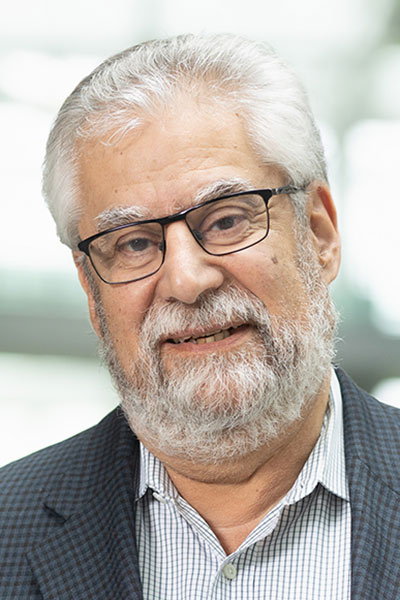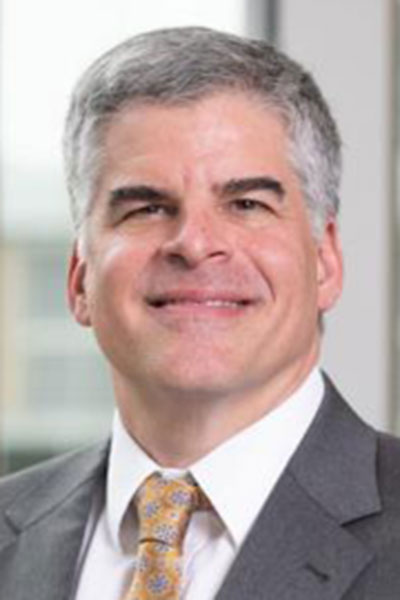
Panelists will discuss cell therapy and the mission to achieve new ways to deliver that therapy to people with diabetes in the symposium Engineering and Site Consideration for Cell Therapy on Monday, June 26, at 8:00 a.m. PT in Room 33 of the San Diego Convention Center.
Michael Sefton, ScD, University Professor and the Michael E. Charles Professor, University of Toronto, Canada, will begin the session with “Introduction—With What, Where, and How?” He said the pancreatic beta cells typically used for cell therapy are still the “what” of the equation. However, the “where” is being looked at differently.
“The site of the cell implantation is what I have been working on,” he said. “And we think we can with some vessel formation technology—still to be proven and all those caveats—put the cells under the skin.”
From there, Dr. Sefton and his team are exploring how to make the skin compatible with the cells, considering problems such as how to accomplish engraftment and control the immune response. There’s also the issue of scale: Going up from mice to humans presents its own challenges for investigators.
“We have these alternative sites—skin, maybe the peritoneal cavity—places other than the liver where we can focus on retrievability and that are less invasive,” Dr. Sefton said.
Cells are ready for the next step, he said. But one of the issues to consider, regardless of where the site is and how the cells are implanted, is autoimmunity.
“It’s not just transplant immunity we have to fret about,” Dr. Sefton explained. “It’s the autoimmunity. We need to understand whether we’re setting our transplanted pancreatic beta cells up for a recurrence of disease. If they’re native, to some extent, they’re going to be subject to the same autoimmune disease that created the problem in the first place.”
He hopes that attendees will come away with the same optimism he has about engineering a solution for cell therapy and ending diabetes in 20 to 30 years.

Andrés J. García, PhD, FBSE, Executive Director, Parker H. Petit Institute for Bioengineering & Bioscience, The Petit Director’s Chair in Bioengineering and Bioscience, Regents’ Professor, George Woodruff School of Mechanical Engineering, Georgia Institute of Technology, will take the “how” concepts to the next level with his presentation “The Pro and Cons of Open Scaffolds vs. Encapsulation.”
Successful cell therapies for type 1 diabetes will require mechanisms to prevent rejection of the insulin-producing cells, Dr. García said. Current immunosuppression regimens have significant limitations in terms of toxicity, incomplete protection, and restricted application.
He explained that two major strategies are being pursued to transplant insulin-producing cells into subjects with diabetes: encapsulation of cells within devices or biomaterials that reduce immune cell contact (immunoprotection), and immunomodulatory strategies with open scaffolds (immunomodulation).
Dr. García will discuss the pros and cons of each of these strategies and an outlook for future approaches. The topic is particularly important because cell therapy represents a transformative strategy to cure type 1 diabetes, he said.
“Ongoing clinical trials with cadaveric islets and stem cell-derived islets are generating exciting results,” Dr. García said. “However, limitations associated with immune protection and integration of these cells with host tissue (vascularization, for example) are major barriers that must be overcome for successful application of these therapies.”
Scientists and engineers are working together to find solutions for some of these limitations, and Dr. García will talk about preclinical research with biomaterials that induce immune acceptance and vascularization.
“Interdisciplinary science and collaborations among engineers, basic scientists, and clinicians are driving these advances,” he said.
Dr. García and Dr. Sefton will be joined in the session by Qizhi Tang, PhD, Professor of Surgery, University of California San Francisco, who will discuss co-transplantation of other cell types to influence engraftment, and Norma Sue Kenyon, PhD, Professor of Surgery and Vice Provost for Innovation, University of Miami, and Chief Innovation Officer, Miller School of Medicine, who will discuss patient monitoring after transplant.